Jewellery Care Information
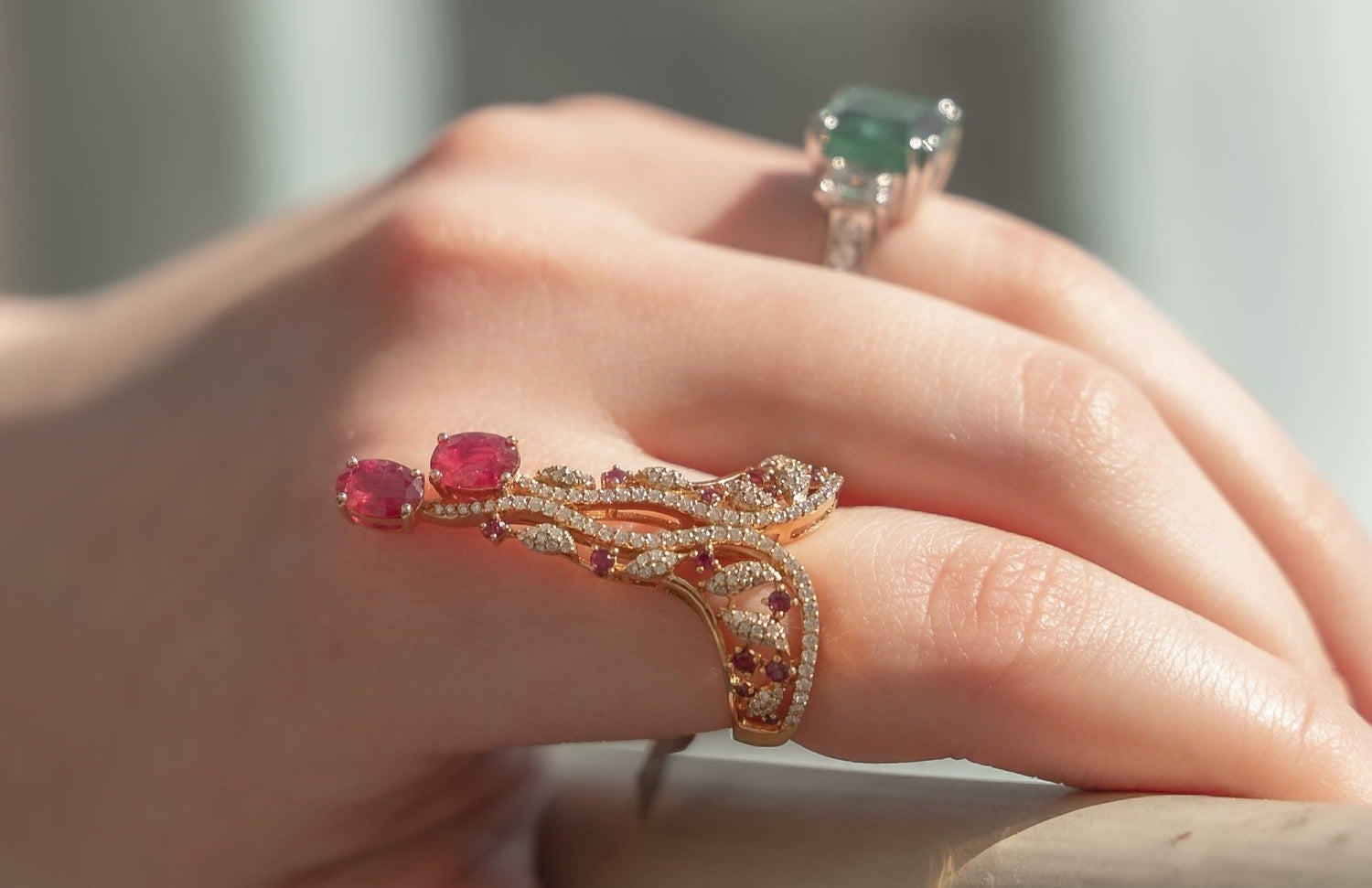
Jewellery for Generations
Jewellery is something that holds memories and passes them from one generation to the next. To ensure your piece last a lifetime, jewellery that’s worn every day is recommended to be taken into a jeweller for inspection every 6 months. Jewellery that is worn often should be taken to a jeweller for inspection once a year. Feel free to bring any piece purchased from a Stones Jewellery location into our store for complimentary inspection and cleaning anytime.
Some unique stones benefit from more care to ensure they last. To learn more about how to care for pearls, opals, amber, ammolite, and other stones, please refer to the information below.
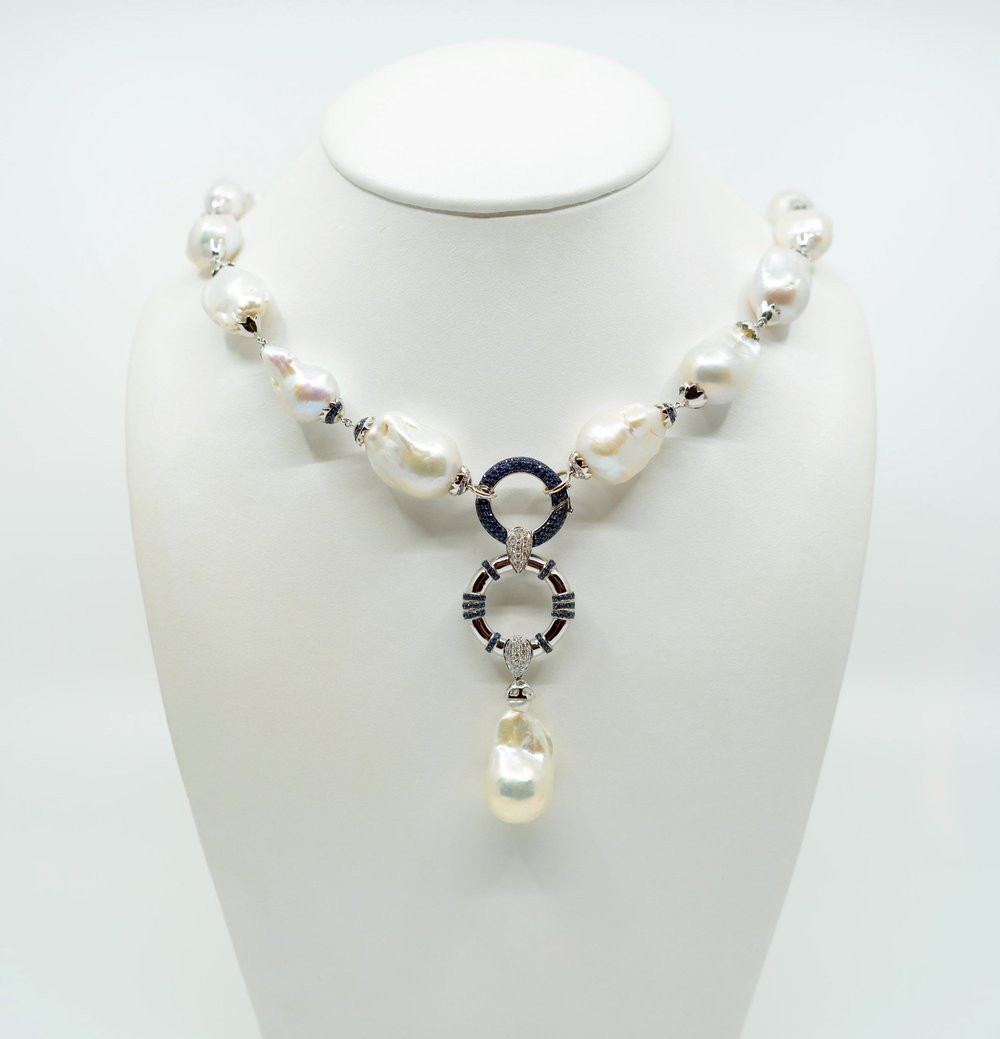
Pearls, Coral & Cameos
- Because pearls and coral are softer gems, with a ring or bracelet it’s important to be aware of the stone on your hand/wrist and try to avoid hitting it against other objects. For pendants and earrings this should not be a problem. This means activities such as working in the garden, moving furniture, cleaning dishes, or playing sports are not suitable times to wear pearl or coral jewellery.
- If you are going to be swimming in a pool or hot tub be sure to remove your pearls and coral. This goes for most jewellery.
- When using cleaning supplies, you should remove any pearl/coral jewellery. They are easily damaged by harsh chemicals.
- Always ensure to put your pearls/coral on last when getting ready, ex: putting on hairspray, makeup, or perfume.
- While some jewellery cleaners may say they are safe for pearls or coral they are incorrect. Pearls should never be put in cleaners. A microfibre cloth with no anti-tarnishing agent is perfect.
- Pearls should never be stored in plastic. Plastic can emit chemicals that will damage the surface of your pearls. The best way to store your piece is in its microfibre pouch.
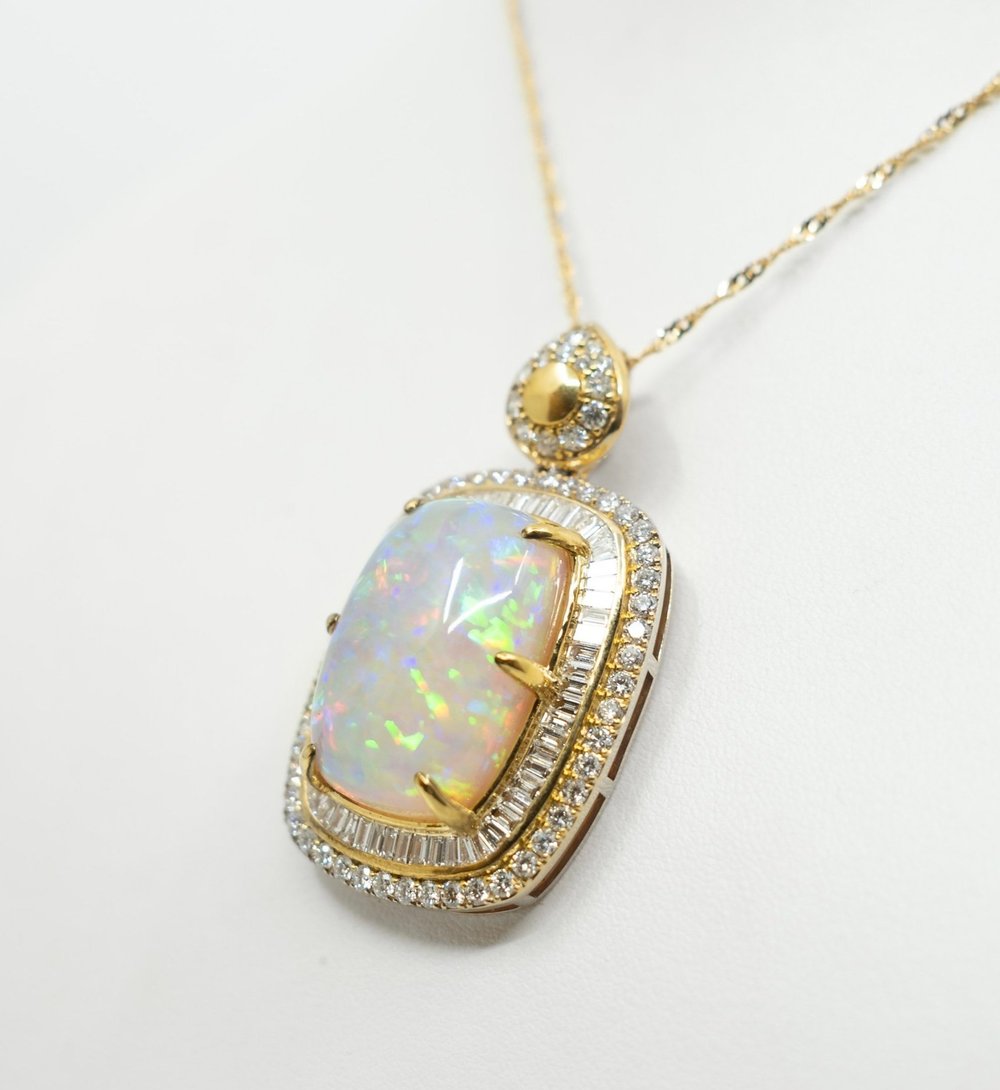
Opals
- Because opals are a softer stone, with a ring or bracelet it’s important to be aware of the stone on your hand/wrist and try to avoid hitting it against other objects. For pendants and earrings this should not be a problem. This means activities such as working in the garden, moving furniture, cleaning dishes, or playing sports are not suitable times to wear opal jewellery.
- If you are going to be swimming in a pool or hot tub be sure to remove your opals. This goes for most jewellery.
- When using cleaning supplies, you should remove any opal jewellery. Opals are easily damaged by harsh chemicals.
- Many sources will say to leave your opal in water for good health, but this is actually the opposite of the truth. You should never leave your opal submerged as the colour can disappear. However, a little moisture is great for them.
- While some jewellery cleaners may say they are safe for opals they are incorrect. Opals should never be put in cleaners. A microfibre cloth with no anti-tarnishing agent is perfect.
- As mentioned before, opals do well with moisture meaning you should not store them in an airtight safe. Your regular jewellery box will be sufficient.
- Using a Q-Tip, applying a small amount of glycerin to your opal every six months can be beneficial to maintaining its shine and luster.

Ammolite
- Rigorous activities such as working in the garden, moving furniture, cleaning dishes, or playing sports are not suitable times to wear ammolite jewellery.
- If you are going to be swimming in a pool or hot tub be sure to remove your ammolite. This goes for most jewellery.
- When using cleaning supplies, you should remove any ammolite jewellery. Ammolite is easily damaged by harsh chemicals.
- While some jewellery cleaners may say they are safe for ammolite they are incorrect. Ammolite should never be put in cleaners. A microfibre cloth with no anti-tarnishing agent is perfect.
- Try to avoid leaving ammolite in direct sunlight such as a windowsill or hot car for long periods of time. However, it is okay to wear and enjoy your ammolite piece outside.
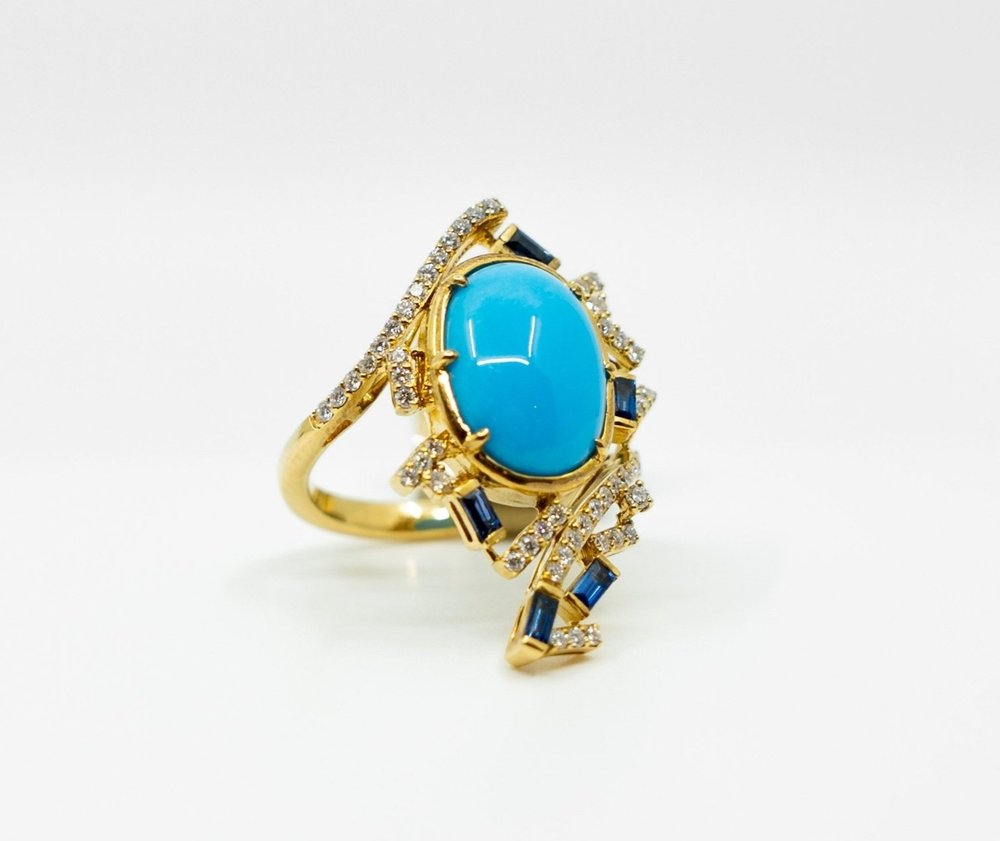
Lapis, Turquoise & Rhodochrosite
- Rigorous activities such as working in the garden, moving furniture, cleaning dishes, or playing sports are not suitable times to wear these gemstones.
- If you are going to be swimming in a pool or hot tub be sure to remove your gemstones. This goes for most jewellery.
- When using cleaning supplies, you should remove your jewellery. These stones are easily damaged by harsh chemicals.
- While some jewellery cleaners may say they are safe for these gemstones they are incorrect. These stones should never be put in cleaners. A microfibre cloth with no anti- tarnishing agent is perfect.
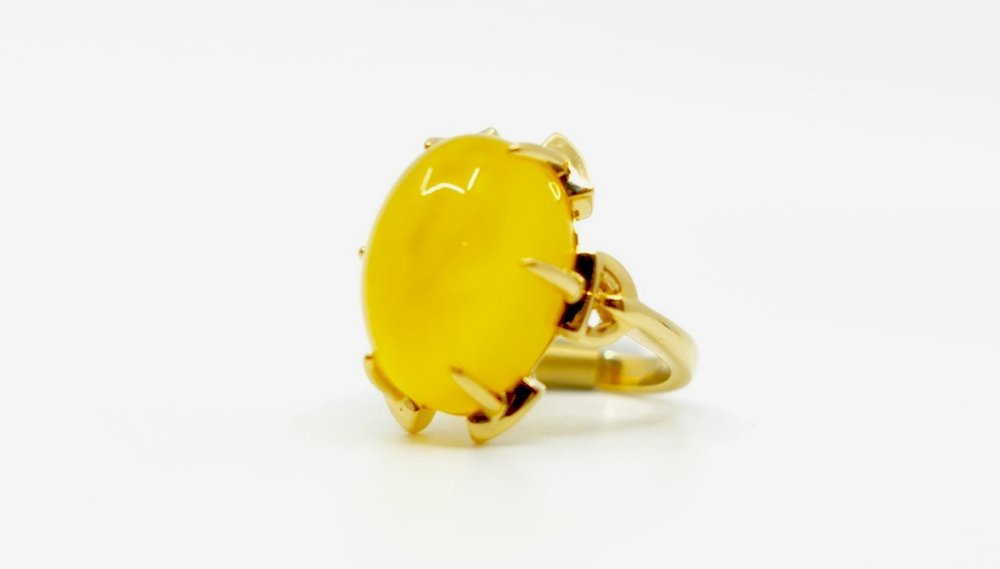
Amber
- Rigorous activities such as working in the garden, moving furniture, cleaning dishes, or playing sports are not suitable times to wear amber jewellery.
- If you are going to be swimming in a pool or hot tub be sure to remove your amber. This goes for most jewellery.
- When using cleaning supplies, you should remove any amber jewellery. Amber is easily damaged by harsh chemicals.
- While some jewellery cleaners may say they are safe for amber they are incorrect. amber should never be put in cleaners. A microfibre cloth with no anti-tarnishing agent is perfect.
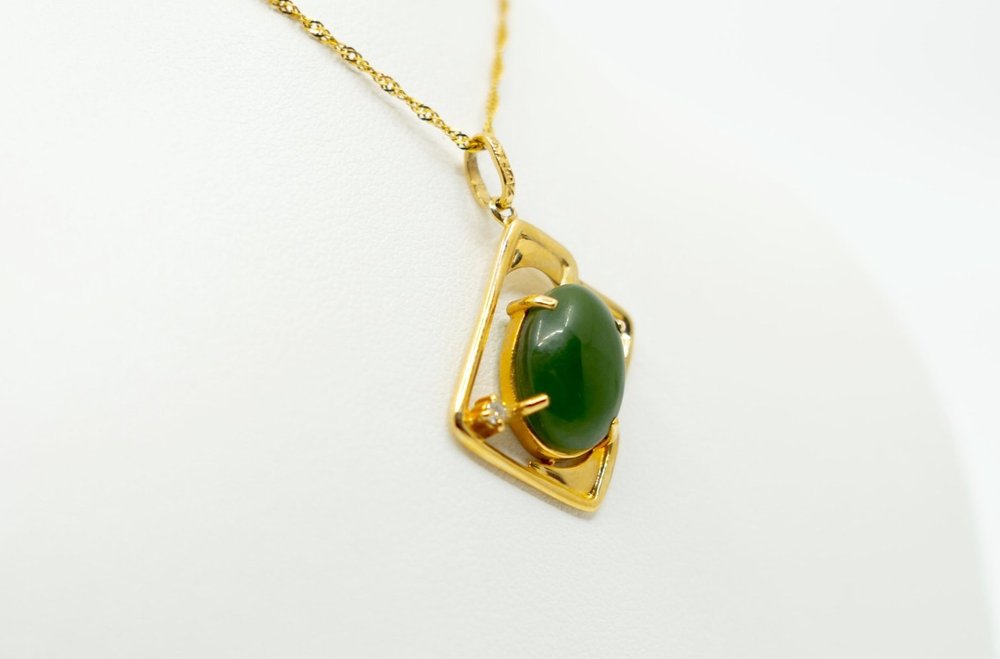
Jade
- Rigorous activities such as working in the garden, moving furniture, cleaning dishes, or playing sports are not suitable times to wear jade jewellery.
- If you are going to be swimming in a pool or hot tub be sure to remove your jade as it is porous.
- Refrain from exposure to moisture, household cleaners, and lotions as these can lead to a loss of luster and shine, and over time, cause discolouration.
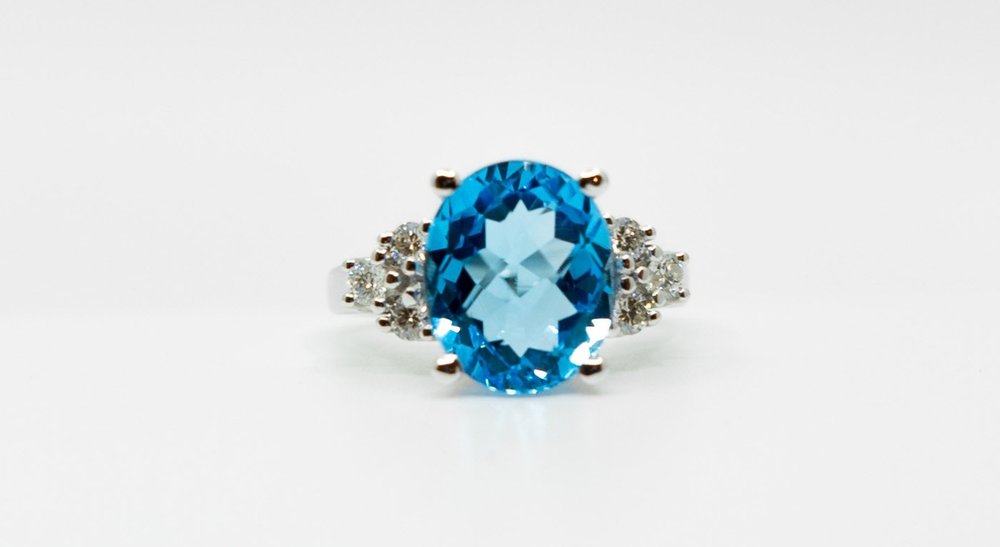
Topaz, Amethyst, Citrine & Quartz
- Store away from windows or places with high ultraviolet light exposure, as this can lighten the stone’s colour over long periods of time.
